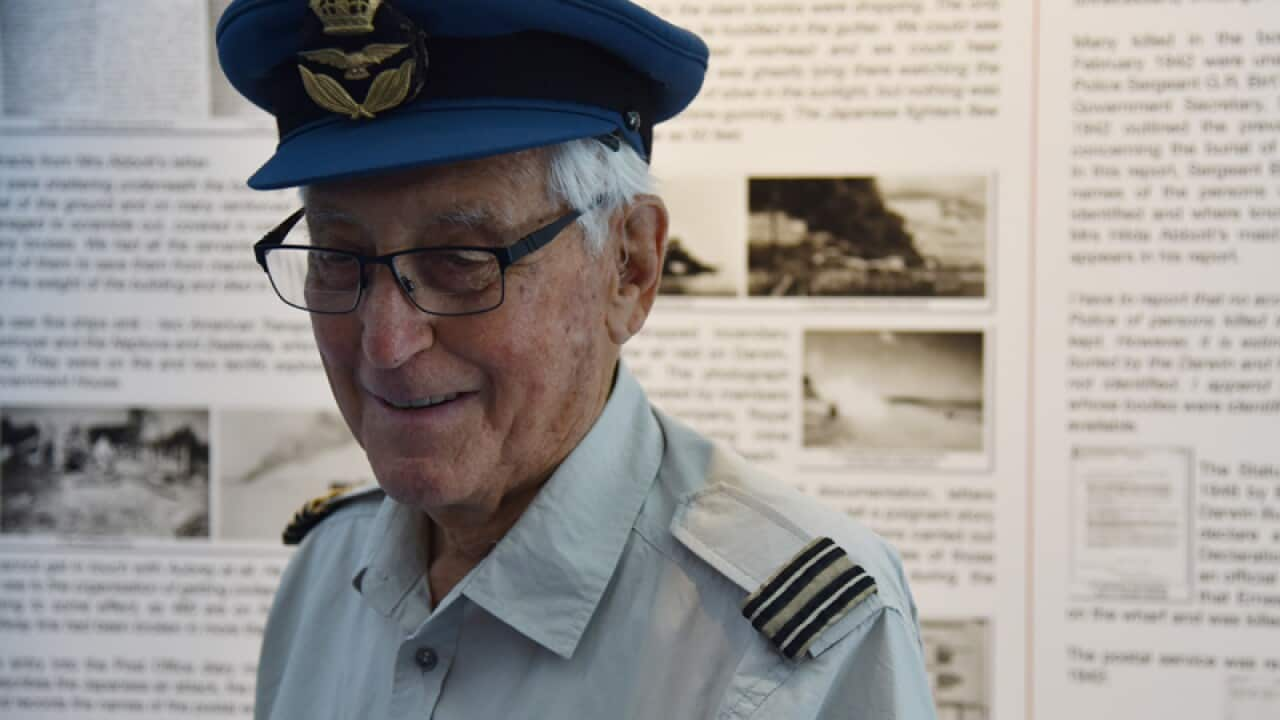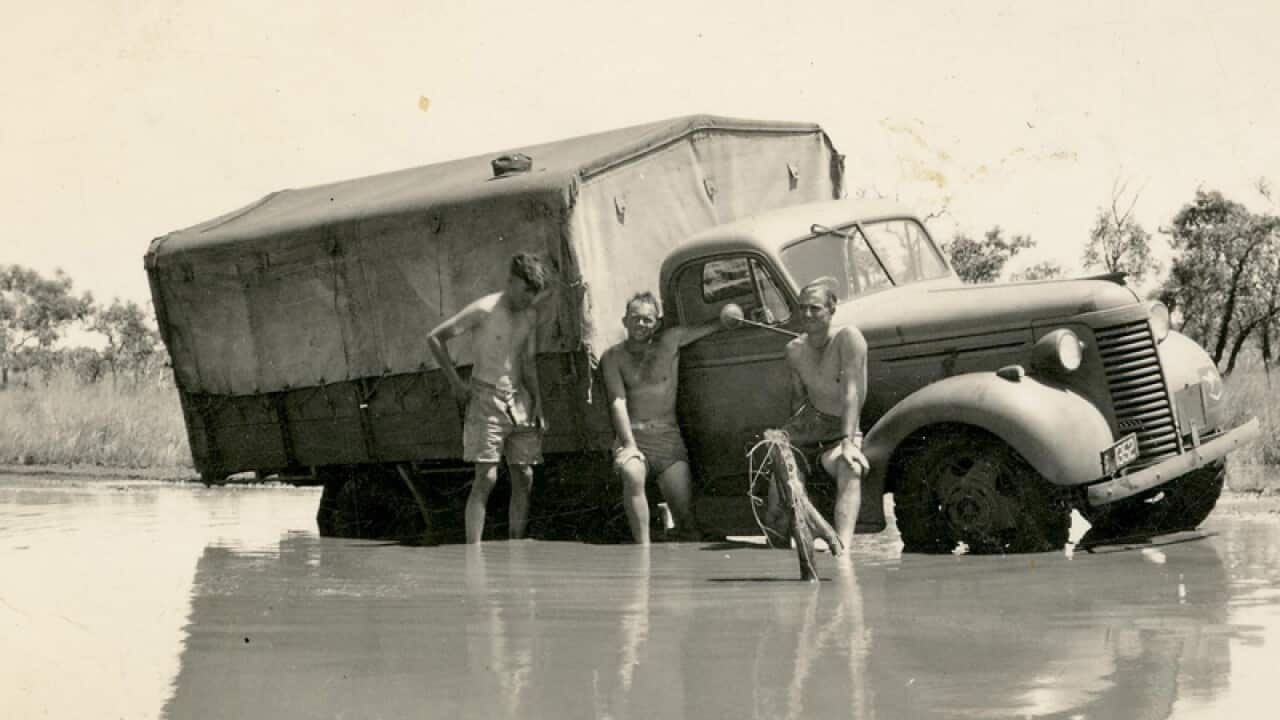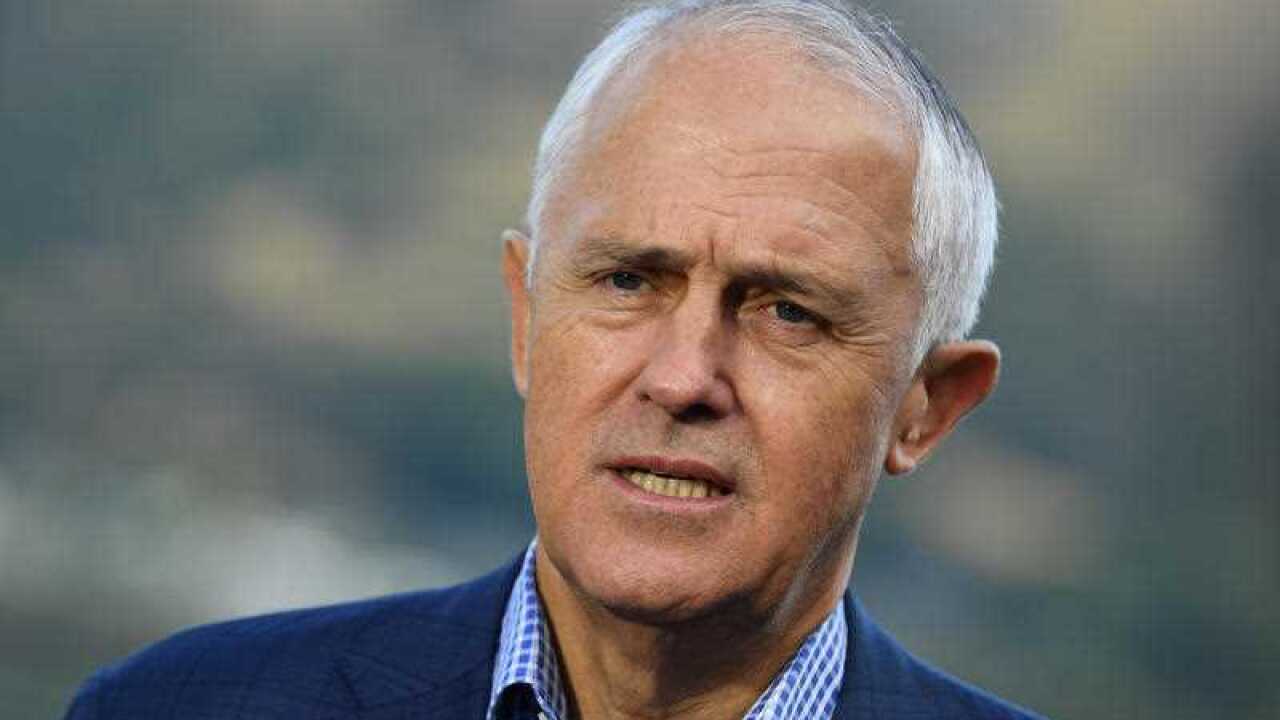One of the last surviving World War II Darwin raid veterans can still picture the sun glinting off the bombs like confetti as hell rained down on the city 75 years ago.
The air raid sirens hadn't even sounded before Tasmanian Brian Winspear saw the first of 188 enemy aircraft fly overhead.
The then 21-year-old air gunner bolted for the trenches close to the RAAF hangar, where he could see the Japanese pilots grinning from the cockpit as they unleashed hell on the city.
Related reading

Darwin bombing diggers overlooked: vet
"As we looked up the sun glinted on the bombs... it was just like confetti," Mr Winspear said.
Japan's deadly campaign brought a distant war to home soil, and the Northern Territory had become the frontline.
It was the largest and most destructive single attack ever mounted by a foreign power on Australia and led to the worst death toll from any event in the nation's history.
The assault was more savage than Pearl Harbor; more bombs fell on Darwin, more civilians were killed, and more ships were sunk.
Mr Winspear has travelled thousands of kilometres back to ground zero to mark Sunday's anniversary of the NT's darkest hour.
The 96-year-old is among 29 diggers who have made the pilgrimage back to Darwin from across the country, and will join Prime Minister Malcolm Turnbull, Opposition Leader Bill Shorten and Governor-General Sir Peter Cosgrove for a memorial service.
Related reading

Evacuee recalls fear before Darwin bombing
Mr Turnbull will give the commemorative address while dignitaries from Japan and the United States will also attend.
Japan's bombing of Darwin:
- Seventy-five years ago, 188 Japanese planes bombed Darwin in two air raids, drawing the top end of Australia into World War II.
- 235 people were killed and up to 400 were wounded during the attacks, which began on February 19, 1942.
- 30 aircraft were destroyed, 11 ships were sunk, and many civil and military facilities were also heavily damaged.
- The assaults on northern Australia continued for the next two years, with more than 200 raids from Exmouth in WA to Townsville in Queensland.
- The raids, which were not a precursor to an invasion, were planned and led by the commander responsible for the attack on Pearl Harbour 10 weeks earlier.
- The Japanese lost four aircraft to a spirited defence, which grew steadily within a few months to involve counterstrike from bombers, largely manned by US forces.
- One Japanese plane crash-landed on Melville Island to Darwin's north, and its pilot was captured by a local Aboriginal man - the first prisoner of war taken on Australian soil.
- The city was bombed at least 64 times over 18 months until November 1943. Other northern Australian targets were Townsville, Katherine, Wyndham, Derby, Broome and Port Hedland.

